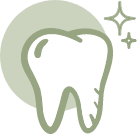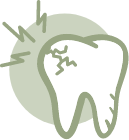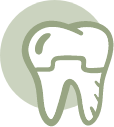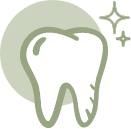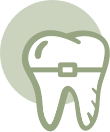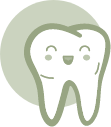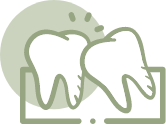
Our Edmonton Dental Services
The team at Focus on Smiles is committed to ‘complete dental care for life’.
At Focus on Smiles we recognize that your smile is more than simply beautiful teeth and gums. A truly beautiful and healthy smile is revealed when there is a balance and harmony among the components that are needed to produce it. In addition to creating aesthetically pleasing mouths, the Focus on Smiles focuses on pain relief and treating TMJ and sleep problems giving our patients a real reason to smile.
A lot is riding on your smile, and we aim to make it as healthy and beautiful as possible. Modern dentistry allows us to maintain and enhance your smile, keeping it the source of confidence it deserves to be.
The procedures listed offer an overview of some of the services we offer our patients. Please feel free to ask us about any services mentioned on the site as well as any dental procedures you may have heard or read about.
We would be pleased to discuss all options available to you and determine the most appropriate combination for your smile and health.
